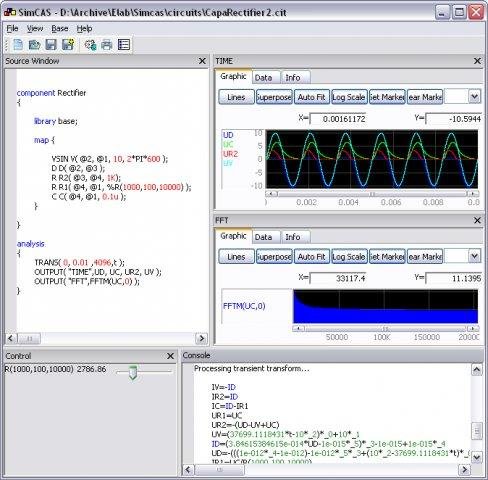OCS was developed during the CoMSON (Coupled Multiscale Simulation and Optimization) project which involved several universities but also several industrial partners. Each of the industrial partners at the time was using its own circuit simulation software and each software had different file formats for circuit netlists. Given the purposes of the project and the composition of the consortium the main design objectives for OCS where
- provide a format for "element evaluators" independent of time-stepping algorithms
- provide a "hierarchical" data structure where elements could be composed themselves of lumped-element networks
- allow coupling of lumped-element networks (0D) and 1D/2D/3D device models
- use an intermediate/interchange file format so that none of the formats in use by the industrial partners would be favoured over the others
- be written in an interpreted language for quick prototyping and easy maintenance
- be Free Software


